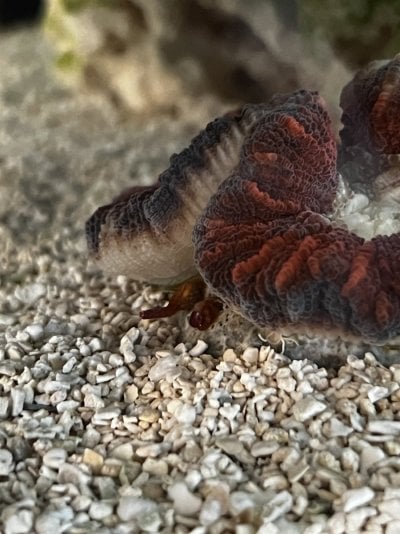https://drive.google.com/drive/folders/1-2FrjjIY56sRCFQ1HAbDxi3akDqnlaIs
My husband and I are rather new to the reefing world. We come from freshwater experience. Long story short, we got this trachyphillia not so long ago (attached link to the media) but we noticed something growing at the base skeleton of the coral. Any idea what it could be?
Unfortunately, we don’t know if this already came from the place we got it from or if it grew inside our tank. it has been in our tank for probably 3 weeks now.
Thank you for four time everyone.
My husband and I are rather new to the reefing world. We come from freshwater experience. Long story short, we got this trachyphillia not so long ago (attached link to the media) but we noticed something growing at the base skeleton of the coral. Any idea what it could be?
Unfortunately, we don’t know if this already came from the place we got it from or if it grew inside our tank. it has been in our tank for probably 3 weeks now.
Thank you for four time everyone.






















